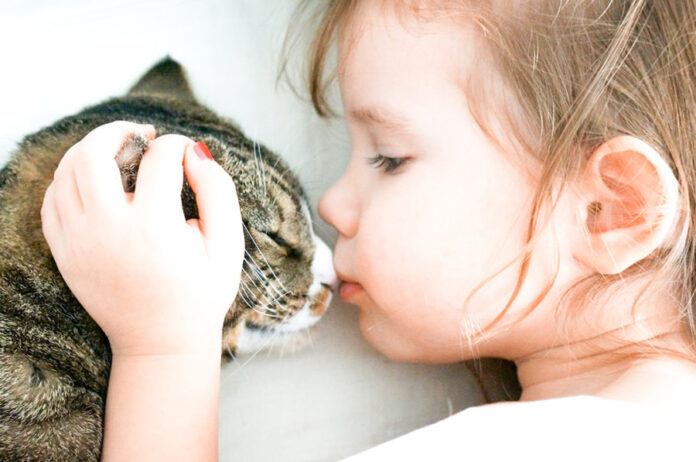
Cats are challenging animals. Though often portrayed in the media as independent and aloof, in reality they’re often quite clingy and demanding – especially when it comes to food. That’s why it’s so important to set clear expectations around mealtime. So, whether you’re a new owner of this pet or tired of the early morning feeding calls, we’ve got the answers to 6 common feeding questions that can help you create a sense of order amidst the normal kitty chaos.
Where Should You Feed Your Cat?
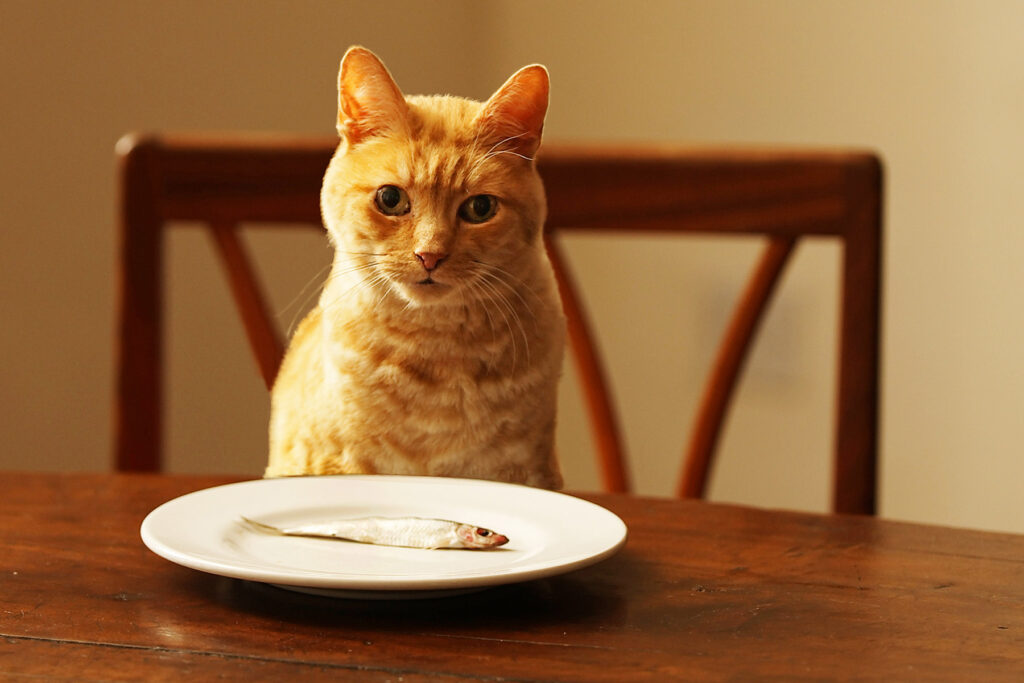
When you first bring your cat home, it will take a little while to find your groove. For the first few days, it’s best to keep them in one or two rooms so they can acclimate, and that is also where your “new friend” will eat. Once they’ve had some time to adjust to their new home, though, it’s important that you set up a designated place for them to eat. Many pet owners prefer to feed their cats in their kitchen or bathroom, where the floors are easier to clean, just in case a new pet is a mess eater.
What Supplies Do You Need?
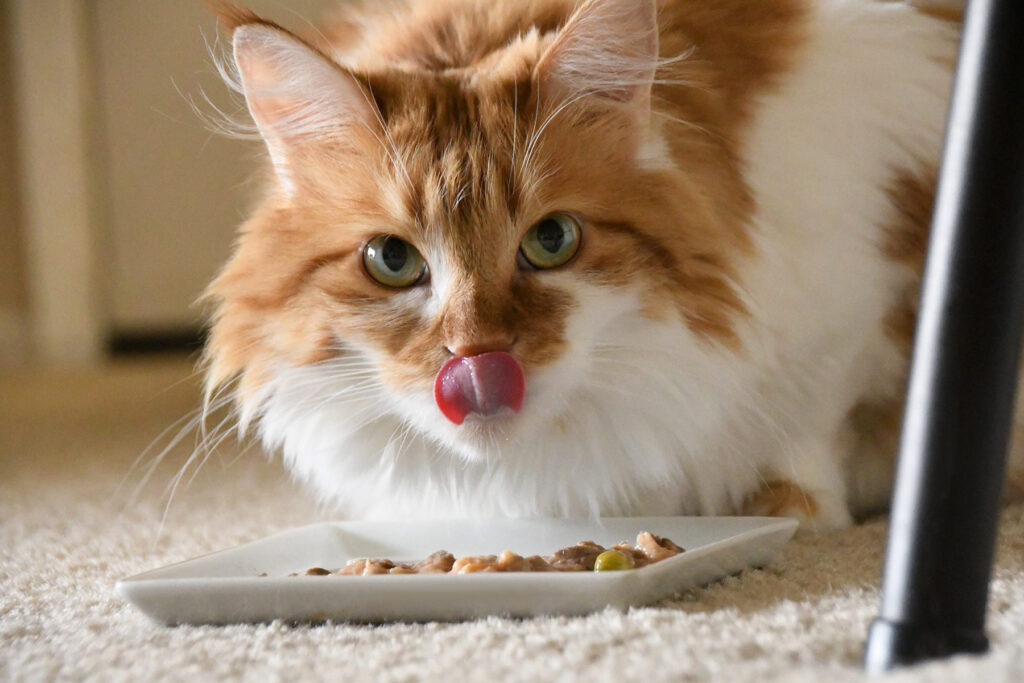
In a general sense, you don’t need many special supplies to feed your cat. In fact, you can give them food and water from whatever spare plates and bowls you have in your home already. Many people prefer to purchase a set of designated bowls and a placemat, especially for water; some cats prefer to drink from a fountain-type dish, while other owners simply find it more convenient to have a water bowl with a large reservoir so that their kitty doesn’t run out.
Though just about any bowl or plate will do to feed your cat, there’s one kind to avoid: plastic. Plastic feeding bowls seem harmless, but they can cause painful feline acne outbreaks on your pet’s chin, and these pimples can become infected. Plastic bowls may be cheap and durable, but they’ll cost you in veterinarian’s fees, so choose metal, glass, or ceramic instead.
What Kind Of Food Should You Choose?
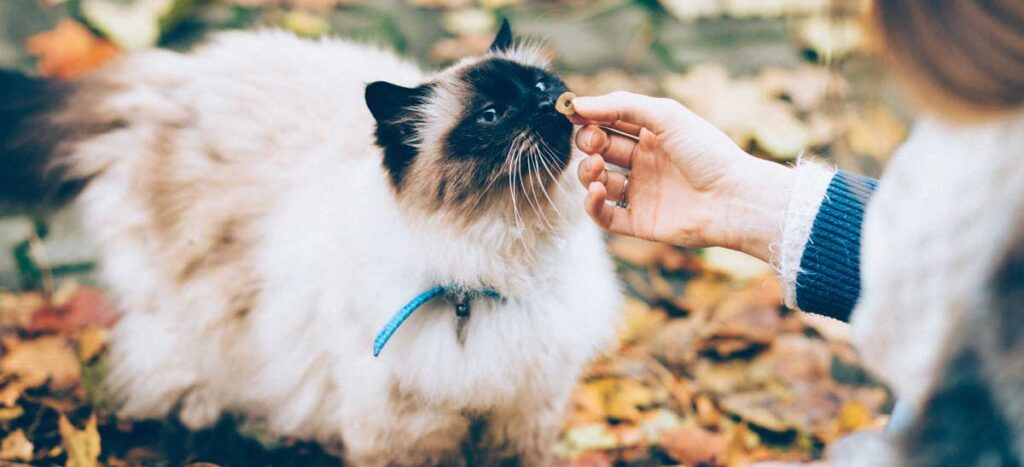
Choosing the right food is one of the hardest parts of feeding them, if only because there are so many different types on the market. How are you supposed to figure out what’s best for your cat?
The good news is that, if you walk into a pet store, you can basically guarantee that any food you pull off the shelf will meet your cat’s basic nutritional needs – but that doesn’t mean all foods are created equal. Cats are obligate carnivores, which means they need to eat meat in order to get the nutrients they need to survive. When choosing a food , then, consider a produce like ZiwiPeak made with humanely farmed meat and fish and available from Homes Alive. Such products are ideal if you’re concerned about feeding your cat meat byproducts found in other foods.
What About Raw Food?
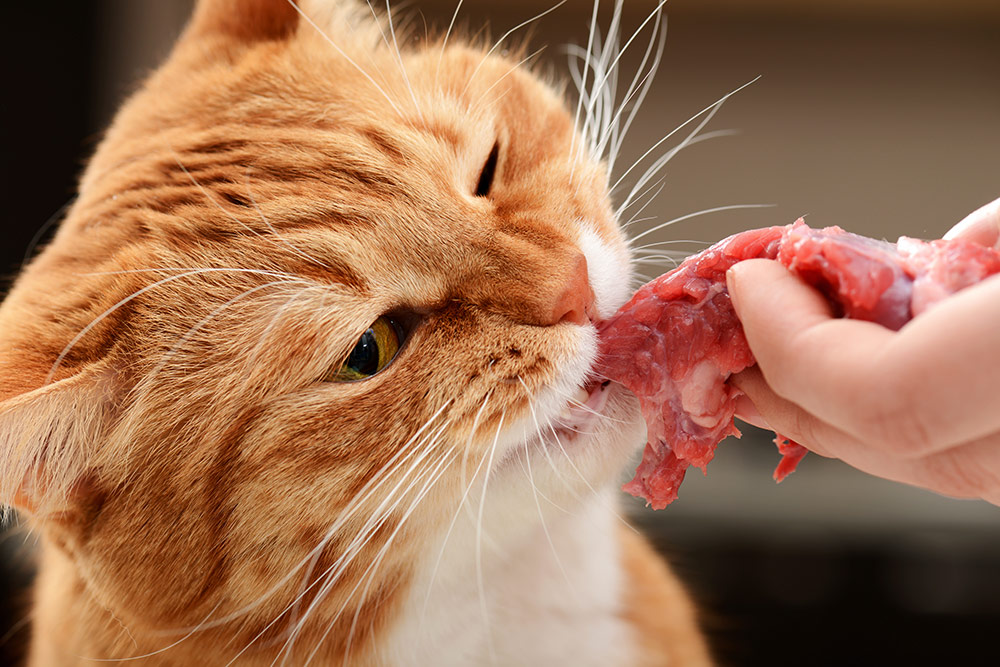
Feeding cats a raw diet is increasingly popular, but it’s both unnecessary and potentially dangerous. Raw meat can transmit toxoplasmosis, among other illnesses and it goes bad quickly. Sure, pre-domestication, cats couldn’t cook their own food, but that doesn’t mean you need to feed them a raw diet. It’s better to feed them cooked or dried products that have been fortified to meet their needs.
How Often Should You Feed Your Cat?

Once you’ve chosen a food, setting a feeding schedule may be the most challenging part of feeding your kitty. That’s because, even though they can’t read a clock, cats are great at understanding routine and their body clocks are precise, so if you’re late to feeding them, you’re going to hear all about it. Some owners even find that, if their cat is on medication for a period of time, that the cat will cue them to administer it, as long as it’s delivered with a treat.
As for the basic act of scheduling, though, while kittens should have access to food all day while they’re very young, by the time your pet is several months old, they only need to eat twice a day – once in the morning and once in the evening. You can choose whatever time you’d like, but it’s ideal to schedule your cat’s meals so that your own habits provide cues. For example, you might feed it after you make your coffee or brush your teeth. These cues may help keep your cat from waking you up in the morning begging to eat.
Once you set a schedule, it’s important to stick to it. Your kitty may beg for food at other times, but don’t give in. Pets today are widely overfed and, as with humans, that’s not good for their health. It’s also important to check the serving size on the food packaging and measure our meals appropriate to your pet’s size. Your pet won’t self-regulate their meals, so you have to do it for them.
Should You Give Your Cats Treats?
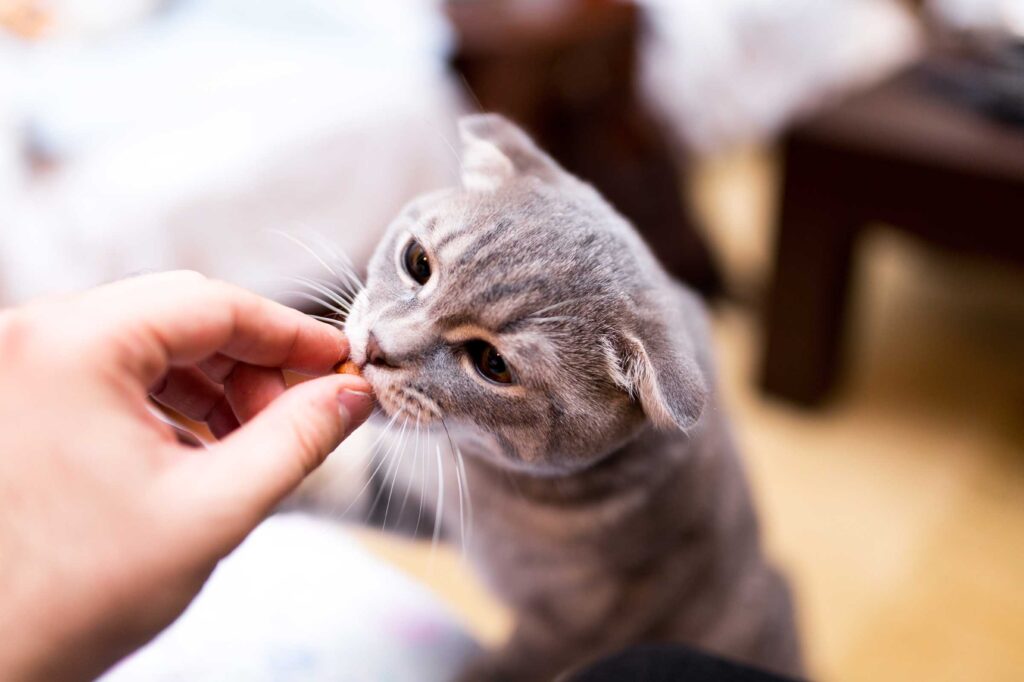
Just as it’s important not to overfeed your cats, you also don’t want to give them too many treats, but it’s definitely okay to give your cat a special snack occasionally. In fact, treats are great if you’re trying to train your kitty or encourage good behavior during a task like cutting their nails or brushing their fur. You might even choose special treats that improve dental health, for an added benefit.
If you are going to give your cat treats, the most important thing is that you give them actual treats, and not human food or table scraps. Cats can react badly to many common ingredients, including onions and garlic, grapes, and even dairy – the idea that kitties drink milk is a misconception; it actually causes stomach upset.
It takes some time to establish a feeding routine with your cat, but as long as you remain consistent, you’ll both hit your stride quickly. With any luck, your cat will turn out to be a patient diner, not the sort that begs for food whenever someone passes their bowl.














